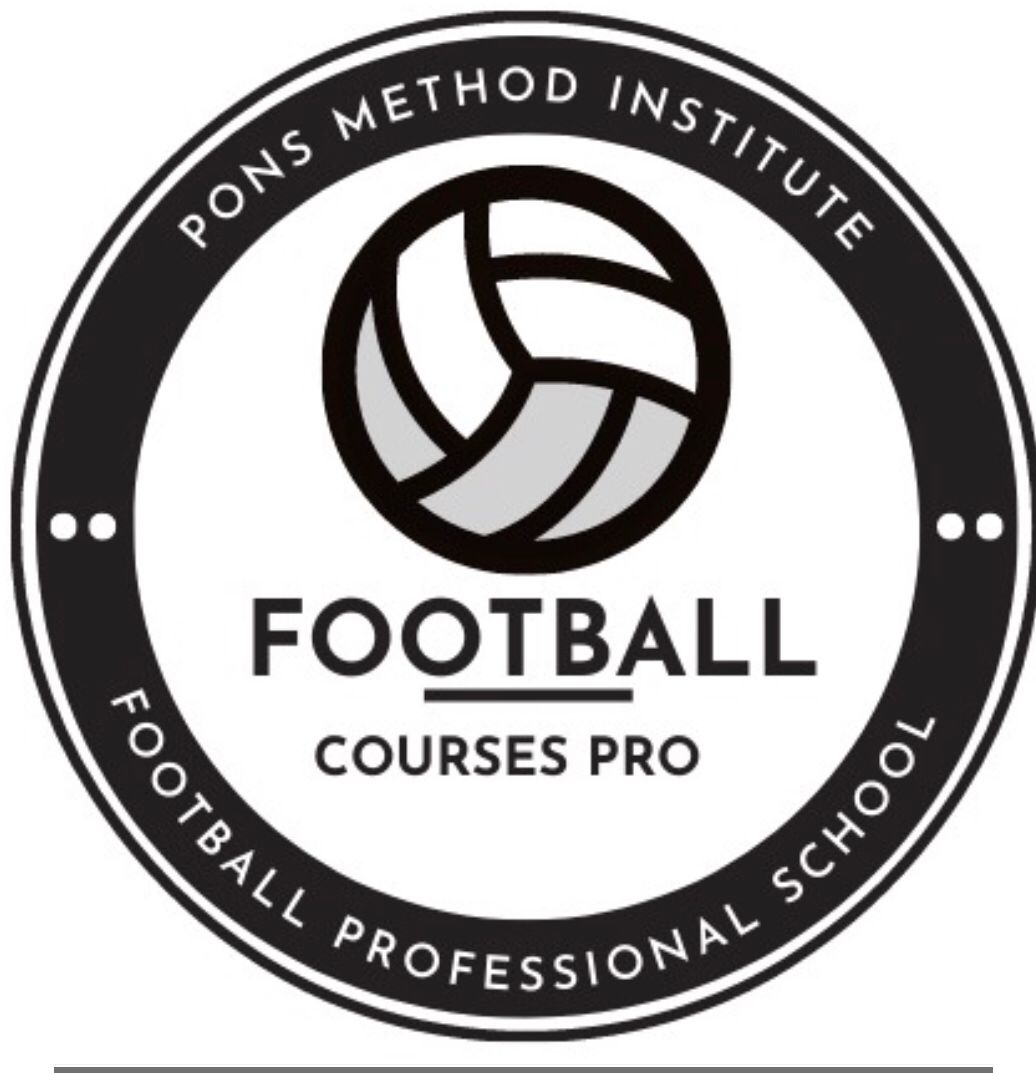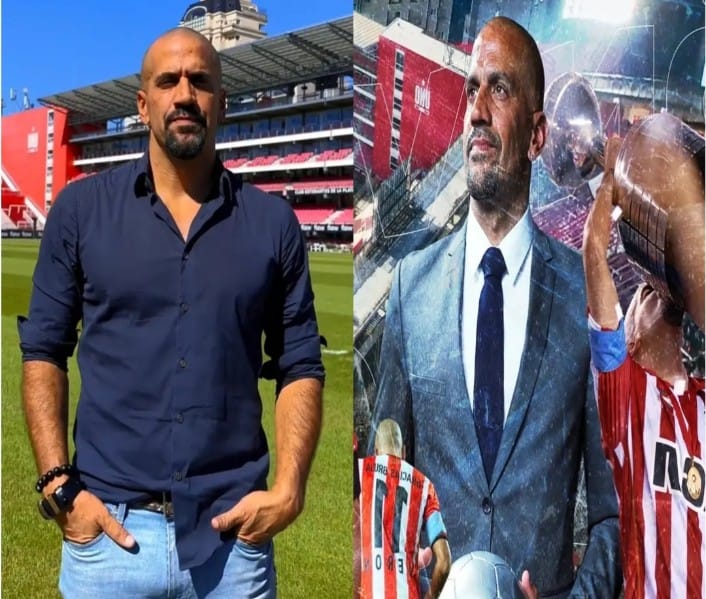The Value of the Former Top Football Player in Clubs: Where Does His Experience and Leadership Contribute the Most?
The figure of the former top football player who takes on key roles within a club—whether as a coach, sporting director or president—has gained weight in the industry. However, not all former footballers have the appropriate training or experience necessary to perform these functions effectively. Even so, their leadership, charisma and intrinsic knowledge of the sport can be valuable assets. The key is to identify where their presence generates the most impact and how, with the right approach, they can maximize their contribution to the club.
Under the prism of the Pons Method, the development of leaders within football is based on specialization, synergy and the creation of processes that enhance individual capabilities within a collective structure. The success of a former player who takes on a role in a club does not depend solely on his past on the pitch, but on his ability to surround himself with a technical and management team that complements his limitations.
- The Coach: The Most Complex Path for the Untrained Ex-Player
The transition from player to coach is often a natural one, but also the most challenging for those who do not have tactical training or experience in group management.
Advantages of the Ex-Player as Coach
Immediate respect from the players: His experience on the field gives him credibility and authority.
Emotional connection: He understands emotions, dressing room dynamics and the pressure of competition.
Reading the game: He has an innate perception of situations within the match.
Disadvantages
Lack of methodology: Without training in technical and tactical aspects, their ability to design training sessions is limited.
Challenges in group management: Natural leadership does not always translate into management skills or effective communication with young or veteran players.
Resistance to change: There may be a tendency to replicate models that they experienced as a player, without adapting to methodological innovations.
The Pons Method emphasizes that the coach must master the art of automating processes and building a progressive tactical structure. Lack of training makes this automation difficult, generating coaches who rely excessively on their intuition and who lack long-term development plans.
- Sports Director: A Strategic Role that Requires Management
The role of sports director offers a middle ground between the tactical management of the coach and the institutional vision of the president. Here, the former player can be key in creating sports models, recruiting talent and building competitive squads.
Advantages of the former player as a Sports Director
Network of contacts: He has direct connections with agents, players and other clubs, facilitating negotiations.
Global vision of the game: He knows what a team needs to compete at the highest level.
Talent acquisition: His experience allows him to identify profiles with potential.
Disadvantages
Lack of administrative knowledge: He lacks experience in budget planning, contractual legality or infrastructure development.
Lack of long-term vision: He may focus solely on the first team, leaving aside the youth team or the expansion of the club’s brand.
Disconnection from the global project: Without adequate training, his decisions may lack coherence with institutional objectives.
The Pons Method highlights the need to automate sports management by designing strategic panels that optimize the acquisition, training and progression of talent. A sports director without management knowledge could miss out on modern tools that simplify decision-making.
- Club President: The Ex-Player as an Institutional Figure and Project Driver
This is where the image, charisma and legacy of an ex-player have more weight. Unlike the coach or the sports director, the role of the president is mainly institutional, which allows the ex-player to surround himself with a technical-administrative team without having to take on operational tasks.
Advantages of the Ex-Player as President
Media image and attraction of investors: His prestige attracts sponsors, investors and talent.
Identity factor: He reinforces the connection of the club with its fans and its history.
Ease of delegation: He can build a solid structure with expert professionals in each area.
Charismatic leadership: He represents the values of the club and acts as a link between the fans, players and the board of directors.
Disadvantages
Financial ignorance: He may lack the skills to manage debts or negotiate complex contracts.
Dependence on sporting success: If the sporting results do not accompany him, his figure may be eroded.
Risk of excessive influence: Over-involvement in sporting decisions can interfere with the work of professionals.
In terms of impact, the Pons Method advocates the need to delegate and trust specialists. The president must take on a more strategic role, focusing on the club’s sustainability and long-term vision. Here, a former player can become an iconic figure representing the club’s values while delegating sporting decisions to a highly qualified team.
Where Does an Untrained Former Player Contribute Most?
While the former player can contribute in any of the three roles, the position of president is where his figure has the greatest immediate impact and the least barriers to entry.
As a coach, his lack of training can severely limit him.
As a sporting director, he needs management and planning skills that are not always developed through experience on the field alone.
As president, his image is the most powerful asset, and he can focus on leading the club’s institutional vision while delegating daily operations to experts.
The Pons Method emphasizes that the key to success lies in surrounding yourself with a multidisciplinary team and managing intelligently, automating processes and establishing methodological panels that guide the development of the club in each area.
The former player must understand that his greatest value lies in inspiring, representing and emotionally connecting with all levels of the club, while building a solid structure that operates with efficiency, vision and modernity.

